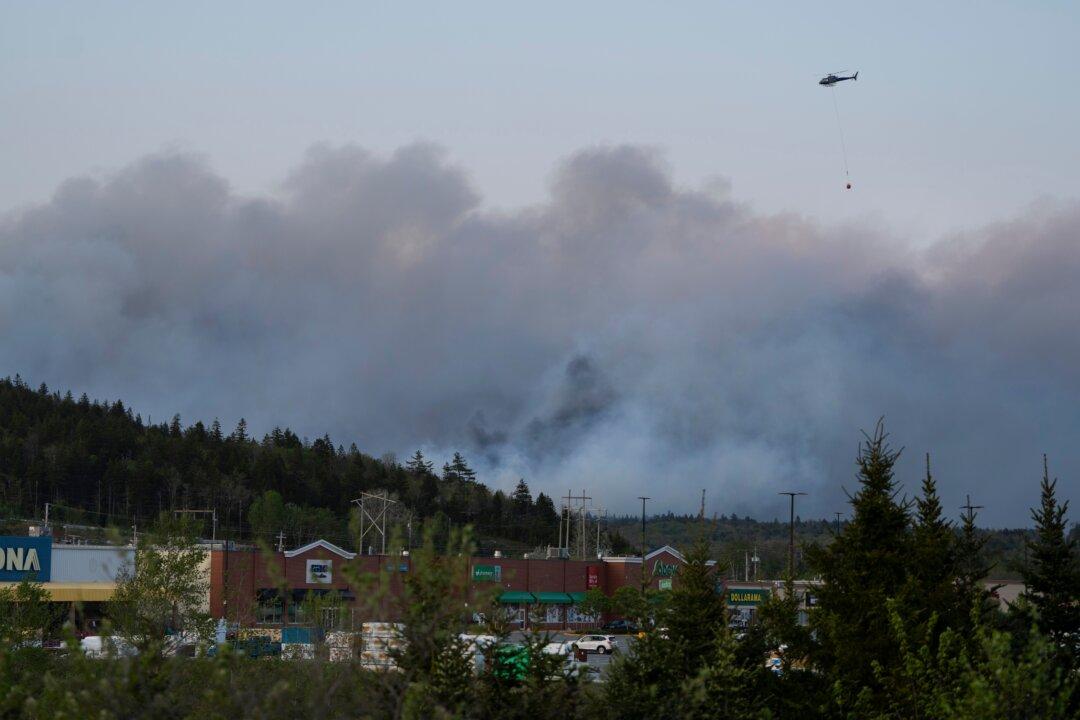The Canadian military is being brought in to Nova Scotia to help the province deal with its largest wildfire in history. As of June 1, there are 16 active wildfires burning, with officials reporting that 200 structures have been destroyed, including 151 houses.
Bill Blair, minister of emergency preparedness, said at a news conference in Ottawa on June 1 that Nova Scotia had asked the federal government for assistance and the federal government approved the request on May 31.





